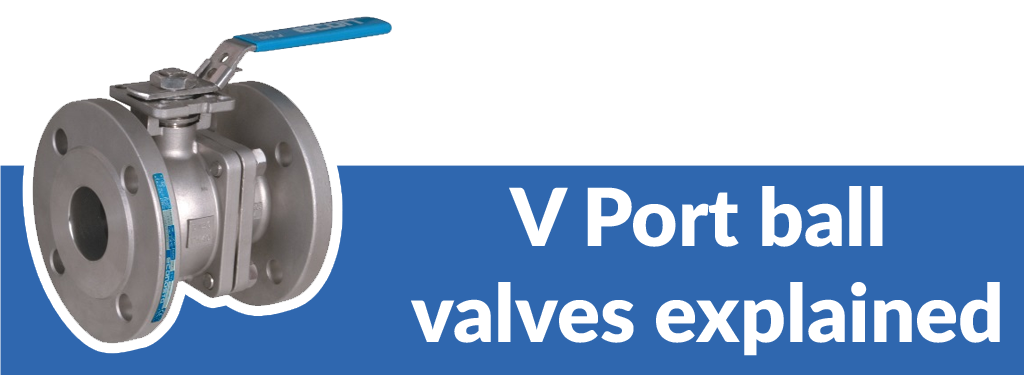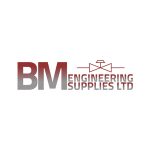What are V-Port Ball Valves and how do they work?
In this article, PIF explains the functions and uses of ball valves – particularly v-port valves – to give you an in-depth understanding of their design and common applications.
What are ball valves?
Members of the quarter-turn valve family, ball valves offer reliable sealing and are ideal for gas applications requiring tight shutoff. However, the potential for constant wearing on the seats makes them less ideal for throttling applications. They are typically constructed of steel but it is also possible to find more durable nickel-plated versions.
Ball valves have a spherical closure unit that provide on/off control of flow. This sphere has a port (or bore) through its centre and when that port is aligned in the same direction as the pipeline it is in the open position and will allow fluid to flow through it. When rotated 90 degrees, the bore is perpendicular to the flow path, closing the valve and preventing fluid from passing through.
Ball valve types
The most common ball valves are two-way, which allow linear flow from inlet to exit. Whereas three-way and four-way ball valves allow for flow to travel in multiple directions, including 90-degree angles. The four main body styles include fully welded, three-piece body (side or end-entry), split-body and top-entry. The valve operation is essentially the same in each type. Three basic types of bores exist for ball valves: full port, reduced port (standard port) and v-port.
What are V-Port Ball valves?
A V-Port Ball Valve has either a 'v' shaped seat or a 'v' shaped ball. This allows the orifice to be opened and closed in a more controlled manner, with a closer to linear flow characteristic. This type of valve is also known as a control valve because the flow velocities need to be controlled depending on the application.
How do V-Port Ball valves work?
When v-port valves are in the closed position, and opening commences, the small end of the 'v' opens first. This allows stable flow control during this stage. The design generally calls for a more robust construction because the higher velocities of fluids might damage standard valves. Although a control valve, v-port valves are not considered as accurate as a globe valve, pressure regulating valve, balancing valve or needle valve.
Applications using V Port Ball valves?
Ball valves are used in many applications and markets. These can include transmission and storage, gas processing, and industrial, to name but a few. V-Port Ball valves are also commonly used in water treatment, food processing, acid transfer, agriculture, bleach chemicals, leaching acid, waste processing and pharmaceuticals.
Get the latest process industry news
Interested in receiving even more industry-leading news from Process Industry Forum delivered directly to your inbox? Then sign up to our free newsletter. Bringing you the latest news, trends, innovations and opinion from across the process industry, our exclusive newsletter gives you all the industry insights of the moment in one, easy-to-digest bulletin. Stay ahead of the competition with regular process industry news instalments from PIF.


